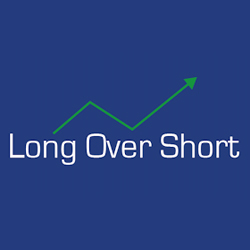We saw in yesterday’s Newsletter that N Brown’s shares have fallen so low that the current price is only about 11 times its average earnings per share over the last ten years (its cyclically adjusted price earnings ratio, CAPE). This is significantly below the market average of 15 times.

Many companies with low CAPEs have shareholders or ex-shareholders who are very worried about the potential for it to run into trouble because it has high and increasing borrowing; poor profits or losses; and poor cash flow.
Today I’ll use Joseph Piotroski’s analysis to provide some insight into N Brown’s chance of financial distress.
Joseph Piotroski published a landmark academic paper in 2000 showing that nine accounting variables can be used to give an edge in investing in value shares because they allow a sifting out of those shares with high probability of trouble, and those which, while also having low share prices relative to the value criteria, do not show much indication of difficulty.
(Earlier Newsletter outlining Piotroski’s work: 5th Feb 2015, 9th Feb 2015)
Profitability factors
If the firm is profitable and produces positive cash flow it has a capacity to generate funds internally. Furthermore, a positive earnings trend suggests an improvement in the firm’s ability to generate positive future cash flows.
1.Net income before extraordinary/exceptional items? Yes, N Brown produced a profit of £64.5m before extraordinary items in the year to 4th March 2017 (£44.3m after exceptionals, which mainly related to PPI mis-selling). A Piotroski score of ‘1’ is gained
2.Cash flow from operations? Yes, N Brown had cash flow from operations of £89m. This follows figures of £79.2m in 2015/16, and £83.2m in year 2014/15. Another point is gained.
3.A positive change in return on assets employed in the business from the previous year? ROA is measured by net income before exceptional items divided by beginning of year total assets. There was a decline in ROA: In 2016/17 the figure was £64.5m/£924m = 6.98%, whereas in 2015/16 it was £68.1m/£861.8m = 7.9%. No Piotroski point because the trend is in the wrong direction and this may lead to less financial stability (but, given the high cash flows, I’m not too worried on that score).
4.Cash flow is greater than profit (so profits are not driven primarily by positive accruals, which may be ‘managed’). This………………………….To read the rest of this article, and more like it, subscribe to my premium newsletter Deep Value Shares – click here http://newsletters.advfn.com/deepvalueshares/subscribe-1

 Hot Features
Hot Features













